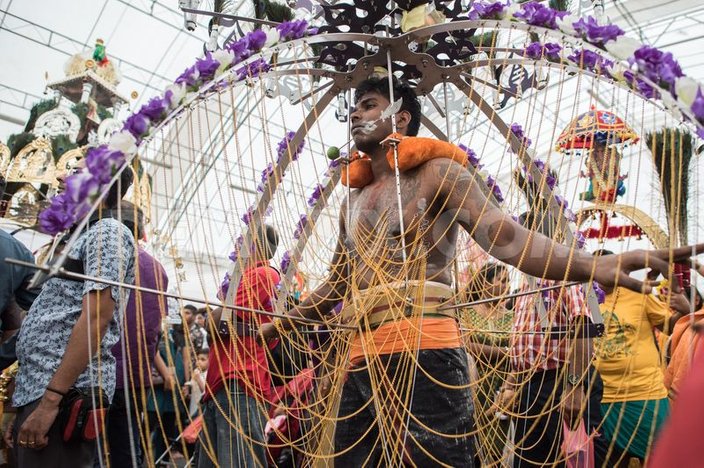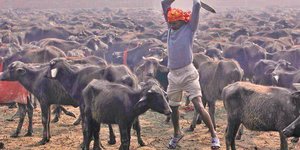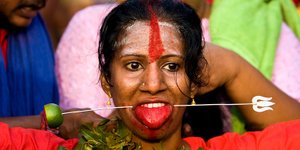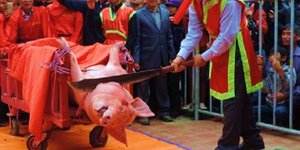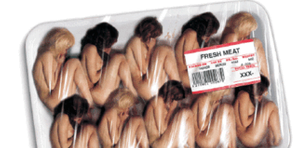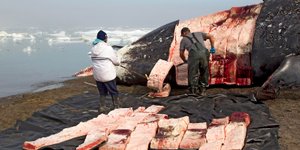Thaipusam Festival: Devotional Hindus spike their flesh with metals for the love of Lord Murugan
Thaipusam festival is chiefly celebrated by Tamil Hindus around the world. It’s celebrated to express gratitude to Lord Murugan for his blessings and goodwill. People express their gratitude by carrying a load (kavadi) upon their head most of the time it’s a vessel filled with cow’s milk. Stabbing one’s tongue, cheek or back with spikes and spears is also a type of kavadi. Devotees assert that during this period they feel no discomfort and this process helps them to regain their spiritual strength and zeal.
These rituals are performed each year on the full moon day of Thai. Most of the devotees wear Saffron clothes and set out on a pilgrimage to a nearly temple. Devotees have to maintain fast on the day of the festival and have to comply with pure vegetarian food. They have to abstain themselves from any sexual urges.
Back in early days Tharakasuran had constant disputes with saints and sages. So the saints went to Lord Shiva for his help. Lord Shiva sent his son Murugan to assist them in the fight against the army of Tharakasuran. Murugan defeated the army on the full moon day of Thai. Therefore the festival is celebrated to mark the victory of Murugan over the army of a Tharakasuran.
Crowded: Millions of Hindus in Malaysia, Indonesia, India, Thailand take part in Thaipusam festival. Batu Caves in Thailand brings a crowd of 1.5 million people each year for the carnival.
Devotion: The festival is principally celebrated to bring prosperity among people and free them from evil spirits.
Painful: Devotees have to carry the kavadi till they reach the temple.
Determination: Piercing are done on the face of devotee to prevent him from talking so as to remind him of god. It also provides him Perseverance and strength of tolerance.
Faithful: Women carry milk in containers which is later to presented to Lord Murugan’s idol.
Ouch: The disciples claim that the cut marks rehabilitate back to normal after a period of one year.
Related Article


